
World Oceans Day was established to recognize worldwide stewardship of the oceans and implementation of sustainability goals. In honor of this day, we recently interviewed Derya Akkaynak, PhD, researcher at the Harbor Branch Oceanographic Institute and 2019 Blavatnik Awards Regional Finalist, about her research advances in computer vision and underwater imaging. Her work has culminated in a technology called Sea-thru, a software that reconstructs lost colors and contrast in underwater imagery. Here, she discusses the development of this technology, ways that COVID-19 has impacted marine life, and her hopes for the future of all oceans.
This interview has been condensed and edited for clarity.
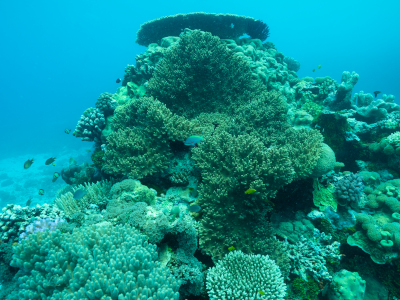
Before
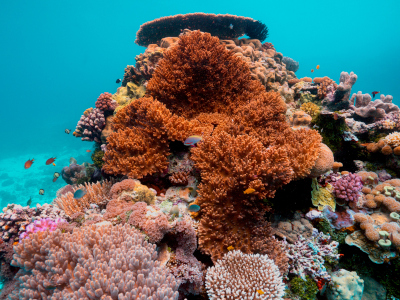
After Sea-thru.
Can you describe how the Sea-thru method works?
Sea-thru is an algorithm that uses light picked up by the sensor of a camera to form a true-color image. What's so new about this? The majority of existing algorithms actually use an equation for how light moves in the atmosphere rather than in the ocean. In the water, the particles light interacts with are bigger than the wavelength of light, so they cause intensified light scattering. We derived an equation to specifically represent how light moves in the water to form an image, and the Sea-thru algorithm works because it uses this new equation.
Why did you develop Sea-thru, and who will be using it?
We developed Sea-thru with a marine science angle in mind. The program will help marine scientists standardize the light their photos so they can use automated methods to extract information about animals in the ocean more efficiently. Seeing the true colors of underwater life consistently can help ecologists monitor the health of our oceans, improve efforts of ocean exploration, and even help non-scientists and those who do not dive develop a better appreciation of the beauty of our oceans
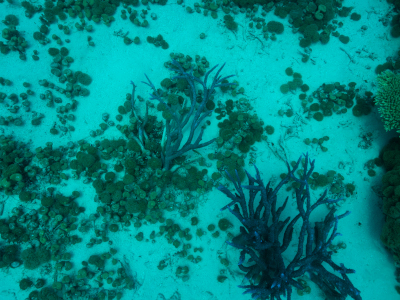
Before
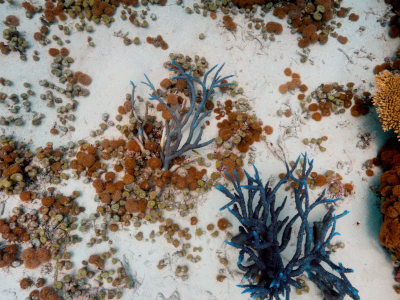
After Sea-thru.
Is your research expanding beyond underwater imaging?
I'm also very interested in biological vision under water, just not using cameras, but also how animals see underwater. For example, we’re learning about how turtles see under water. One of the things that this project will examine is the usage of turtle-friendly lights at beaches where turtles come to nest. We’ve found that there really are no turtle-friendly lights, spectrally, because turtles can see colors just as well as we can, if not better. The key is not necessarily yellow or orange or red lights, but to have lights as dim as possible.
How has the COVID-19 pandemic affected the world’s oceans?
Because of reductions in fishing and shipping, some fish stocks will go through an entire cycle of spawning during this lockdown, which means their numbers are going to significantly increase and those particular species may actually recover their stocks for a while.
Another interesting observation is that it appears that through the end of this year, we will have the largest reduction in carbon emissions that we've ever had. Experts are saying that to slow down global warming, a drop in emissions needs to be about 7% percent per year, every year for the next 10 years. So imagine, we globally stopped everything, and still that has only gotten us to about an estimated 5.5% reduction in carbon emissions for 2020. What that says to me is that we all have to change our lifestyles once the pandemic is over. A good start would be for all of us to avoid using single-use plastics in every possible way—be that carrying our own silverware or not buying bottled water—because this can trigger a response at the production level.
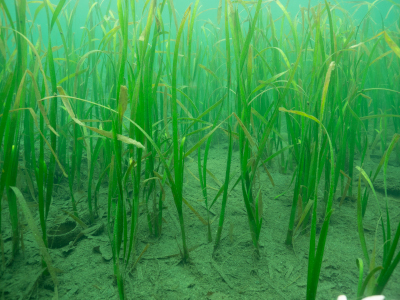
Before
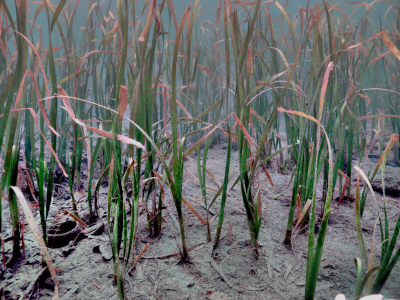
After Sea-thru.
Do you have any hopes or dreams that you want for the oceans to happen in your lifetime?
Yes. Scientists looked at past conservation successes and calculated that, if we take action now—regulating fishing, protecting critical underwater habitats and migration routes of animals, taking measures to reduce pollution—then we can restore a lot of the beauty and bounty of our oceans by 2050. So, what I want to see is a lot more protection now, in my lifetime, and for nations to come together and see the oceans not as this endless resource that we can exploit for ever for the benefit of humans, but instead as something that sustains our life. Something that we must protect from every possible angle.
All photos: Derya Akkaynak